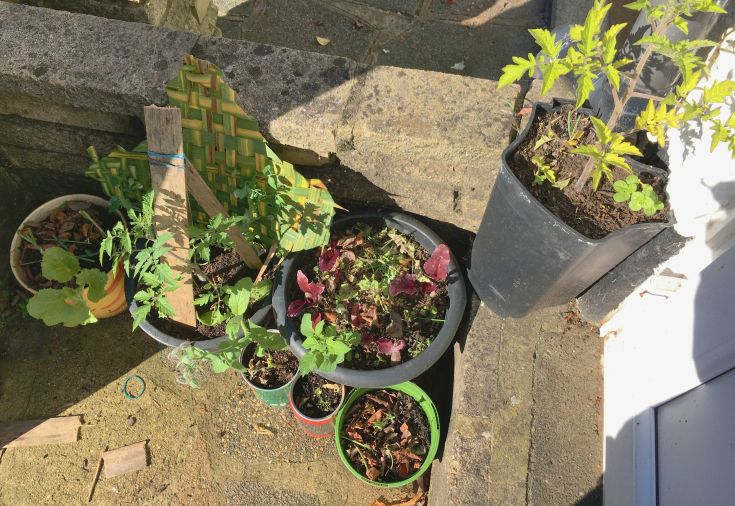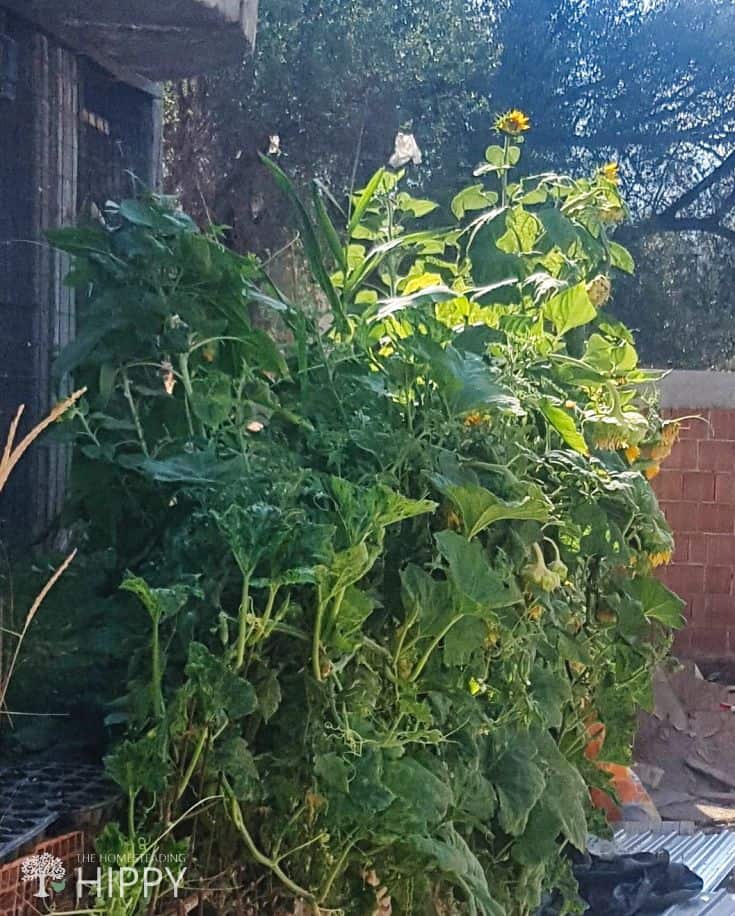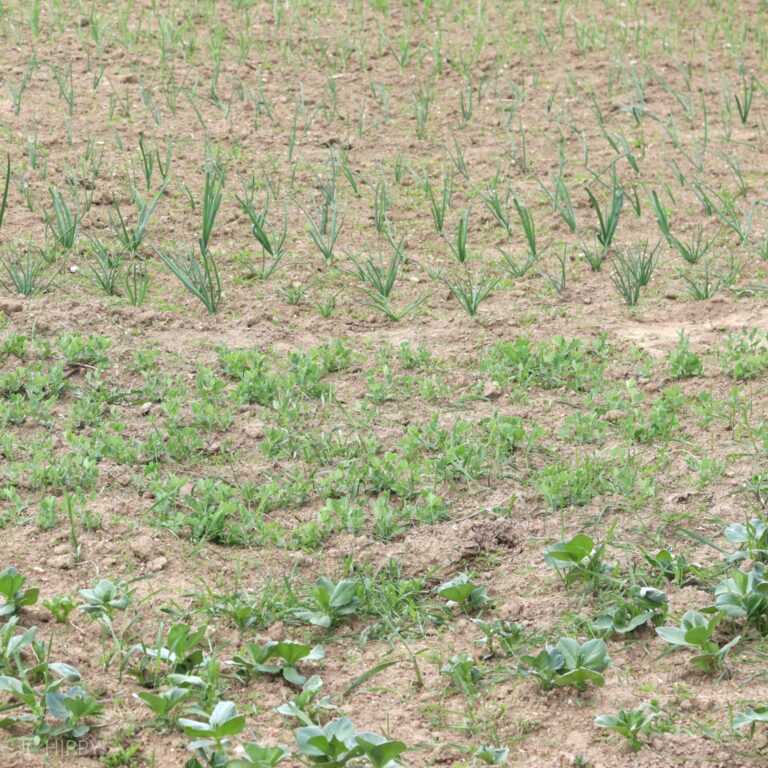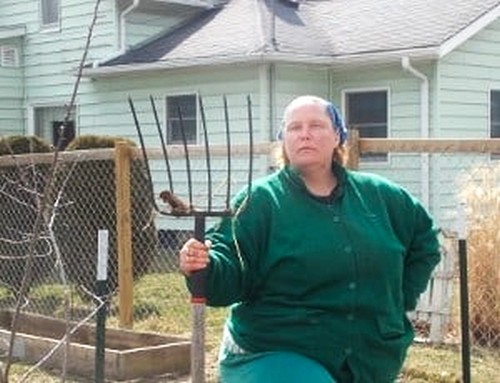The concept of companion planting is simple. It’s all about placing plants in your garden in a way that they can help each other.
Basically put, companion planting is growing some plants together to allow them to work in balance. There are a few different ways plants can help each other.

They include keeping pests at bay, and putting back into the soil what the other needs. Keeping these relationships in mind can help you get a better harvest and grow high quality produce.
You might even be able to reduce your workload in the garden, since some companion planting can lead to less watering and weeding!
Use Companion Planting To Reduce Pests and Attract Friends
Bugs can be a gardener’s best friend or worst nightmare! Companion planting helps by planting species that can reduce harmful pests.
At the same time, they are attracting pollinators, like bees and butterflies. Companion planting also can attract helpful predators, like ladybugs. Here are some plants to consider in your companion garden layout.
- Lavender, cat mint, dill, and basil attract pollinators while repelling pests.
- Mustard, cosmos, and marigolds attract ladybugs, which are helpful predators.
- Onions and garlic repel pests.
- Blooming flowers attract pollinators. Some flowers also have the added bonus of being edible to us!
- Borage is a good companion for most other plants as it attracts helpful insects.

Certain plants can actually improve the nutrition and flavor of produce when they are planted together! For example, plant basil or parsley around tomatoes! This can help improve your tomato size and flavor.
- Beans, peas, and clover add nitrogen to the soil wherever needed.
- Buckwheat increases calcium in the soil.
- Chamomile is said to improve the flavor of onions and also attracts helpful pollinators.
- Summer savory improves the growth and flavor of beans while repelling pests.
It’s a great way to use the space in your garden efficiently.
In order to grow a great garden, you don’t always need clean, straight rows! One of the oldest known companion planting practices is the Native American custom of planting corn, beans, and squash together. This is known as “The 3 Sisters Garden”.
- Radishes can be planted around pumpkins and squash as the slow growing gourds won’t get the chance to overtake the bed before the radishes are harvested.
- Greens can be planted under the shade of other crops as they prefer shade. This will lead to tastier, more tender leaves.
- Carrots can be planted near most other crops, but should be spaced out from other root plants so they do not have to compete for nutrients.
- Carrots planted near tomatoes might be smaller, but are said to have great flavor.
Remember that while some plants help each other, the opposite is also true. For the best harvest, some plants are better not being planted together.
- Onions and garlic can lead to inhibited growth for beans and peas.
- Fennel can inhibit growth in most other plants, so it will need it’s own area or raised bed.
- Cabbage and cauliflower do not grow well together.
- Beets and pole beans can inhibit each other’s growth.

While all the different pairings that work and don’t work well can be a lot to keep track of, it does get easier with time. Learning about these companion planting relationships will help your garden tremendously in the long run.
When you are learning as you go, I suggest keeping a gardening journal. You better retain the experience you gain of what works and what doesn’t work.
Also, it is an excellent way to keep track of your garden journey, and your companion garden layout. Keep track of your garden layouts with drawings, photos, and notes. Don’t forget to write down how everything looks and tastes after you harvest it!
Do you work with companion planting in your garden? What does your companion garden layout look like? Be sure to pin this for later!

Heather’s homesteading journey started in 2006, with baby steps: first, she got a few raised beds, some chickens, and rabbits. Over the years, she amassed a wealth of homesteading knowledge, knowledge that you can find in the articles of this blog.
Learn more about Heather and the rest of the writers on this page.

We plant sweet potatoes under our tomatoes because the sweet potatoes grow up to keep the weeds down under tomatoes which is sooo much better than weeding! We also love to plant marigolds for the beauty and to attract beneficials!
that’s a GREAT IDEA!! Thanks for sharing!
I nip the flower pods off of my garlic and toss them in the garden next to my tomatoes. Repeals tons of insects (not to mention helps garlic clove and grow larger) If its an especially bad year for bugs i make a garlic tea from the garlic leaves. (Awesome)
that’s a GREAT idea! Thanks!!!
Great post heather 🙂 btw did you ever tried Companion Planting with hydroponics? actually, I tried this for few months, and after few attempts, i successfully was grown few veggies 🙂
Hey Heather
Was just looking for some companion planting info and your site popped up 🙂
Ever since I did my permaculture design certificate I’ve loved the companion planting idea, and implemented it where I could. I have many of the plants you mention to hopefully keep pests at bay, but do you have anything up your sleeve for slugs.
I have a woodland around me and they are a real menace. I DO have frogs and toads that live in the garden which helps I am sure. Any plants that slugs detest?